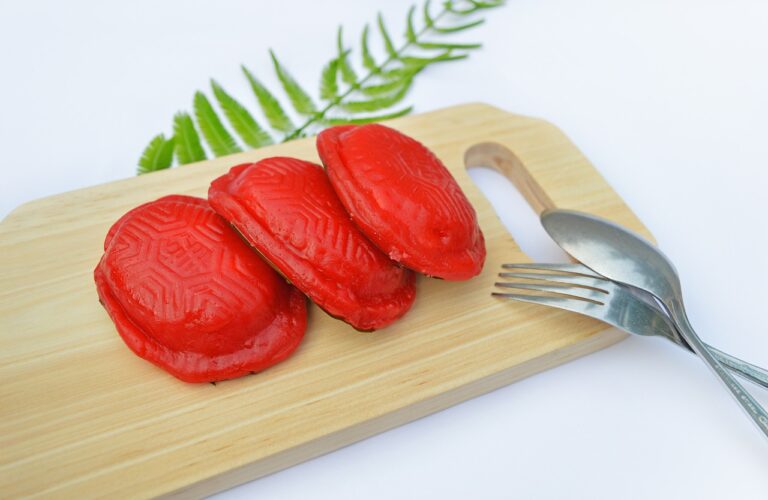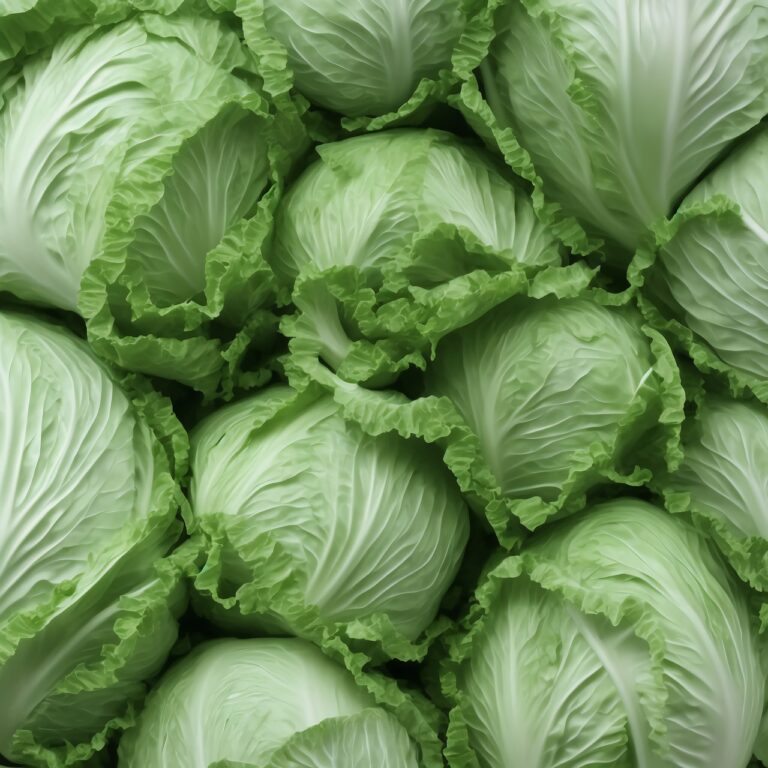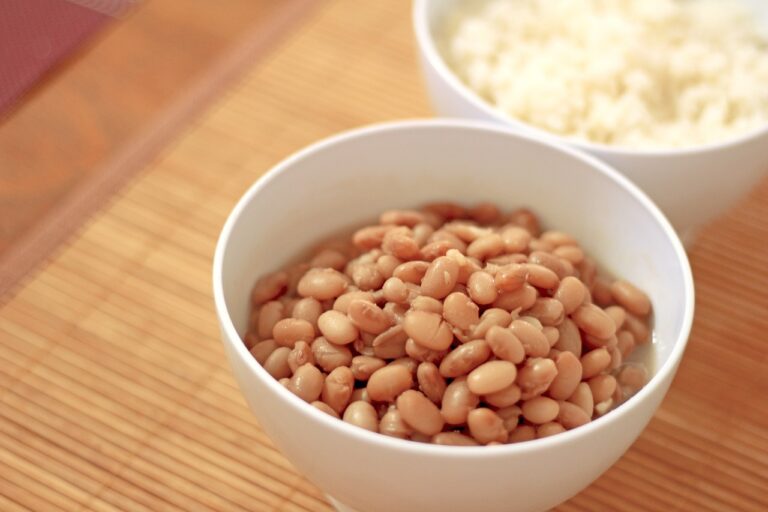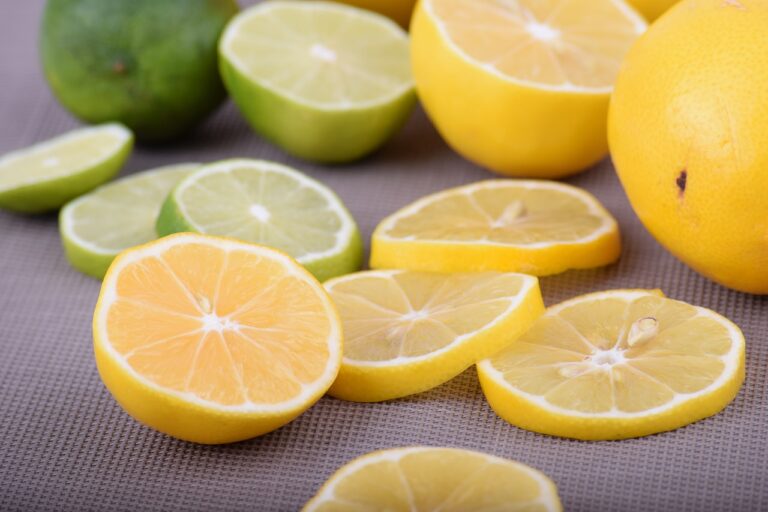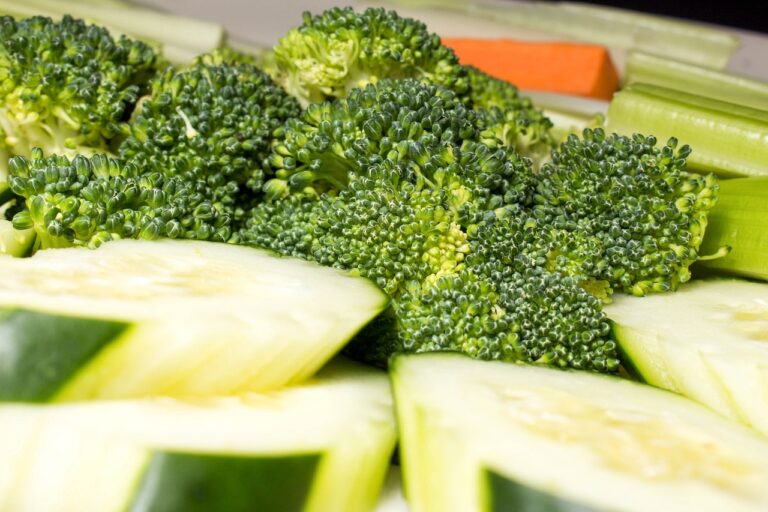Trends in Low-Sodium Products in Grocery Retail: Laserbook 247 com, Lotus299 id, 11xplay reddy login
laserbook 247 com, lotus299 id, 11xplay reddy login: Trends in Low-Sodium Products in Grocery Retail
In recent years, the demand for low-sodium products has been on the rise as consumers become more health-conscious and seek out ways to reduce their sodium intake. This trend has not gone unnoticed by grocery retailers, who are now stocking their shelves with a variety of low-sodium options to cater to this growing market. Let’s take a closer look at the trends in low-sodium products in grocery retail and how they are shaping the industry.
The Rise of Health-Conscious Consumers
One of the main drivers behind the increased demand for low-sodium products is the growing number of health-conscious consumers. As people become more aware of the health risks associated with high sodium intake, such as hypertension and heart disease, they are actively seeking out ways to reduce their sodium consumption. This shift in consumer behavior has prompted grocery retailers to expand their selection of low-sodium products to meet the needs of this increasingly health-conscious demographic.
Expansion of Low-Sodium Product Offerings
Grocery retailers are now offering a wider range of low-sodium products than ever before. From canned soups and frozen dinners to snacks and condiments, shoppers can now find low-sodium options in almost every aisle of the grocery store. This expansion of product offerings is a direct response to the increasing demand for low-sodium products and reflects the industry’s commitment to providing healthier options for consumers.
Collaboration with Food Manufacturers
To meet the growing demand for low-sodium products, grocery retailers are collaborating with food manufacturers to develop new and innovative low-sodium offerings. These partnerships allow retailers to work closely with manufacturers to create products that meet consumer preferences while also adhering to strict sodium guidelines. By working together, retailers and manufacturers can ensure that low-sodium products are not only healthy but also tasty and satisfying for consumers.
Education and Labeling Initiatives
In addition to expanding their selection of low-sodium products, grocery retailers are also focusing on education and labeling initiatives to help consumers make informed choices. Many retailers are now providing information on the health benefits of low-sodium products and offering guidance on how to incorporate them into a balanced diet. Additionally, retailers are implementing clear and easy-to-understand labeling systems that highlight the sodium content of products, making it easier for shoppers to identify low-sodium options.
The Future of Low-Sodium Products in Grocery Retail
As the demand for low-sodium products continues to grow, we can expect to see further innovation and expansion in this category. Grocery retailers will likely continue to collaborate with food manufacturers to develop new low-sodium offerings and work towards providing a wider selection of healthy options for consumers. Additionally, as consumer awareness of the health risks associated with high sodium intake increases, we can expect to see a shift towards a broader range of low-sodium products across all categories of the grocery store.
FAQs
Q: Are low-sodium products more expensive than regular products?
A: While some low-sodium products may be slightly more expensive than their regular counterparts, the cost difference is often minimal. Grocery retailers are working to provide affordable low-sodium options to make them accessible to all consumers.
Q: Are low-sodium products less flavorful than regular products?
A: Not necessarily! Many food manufacturers have developed low-sodium products that are just as tasty and satisfying as their regular counterparts. With the right seasonings and ingredients, low-sodium options can be delicious and flavorful.
Q: How can I incorporate more low-sodium products into my diet?
A: To incorporate more low-sodium products into your diet, start by reading labels and choosing products with lower sodium content. You can also cook more meals at home using fresh ingredients and herbs and spices to add flavor without the need for added salt.
In conclusion, the trends in low-sodium products in grocery retail are driven by the rise of health-conscious consumers, the expansion of product offerings, collaboration with food manufacturers, and education and labeling initiatives. As the demand for low-sodium options continues to grow, grocery retailers will likely continue to innovate and expand their selection of healthy and delicious low-sodium products.


